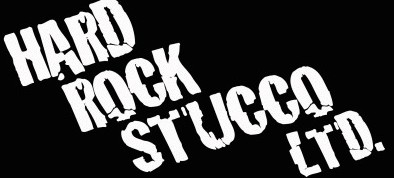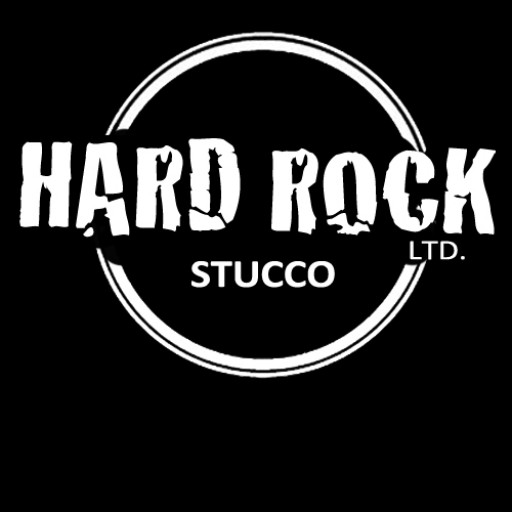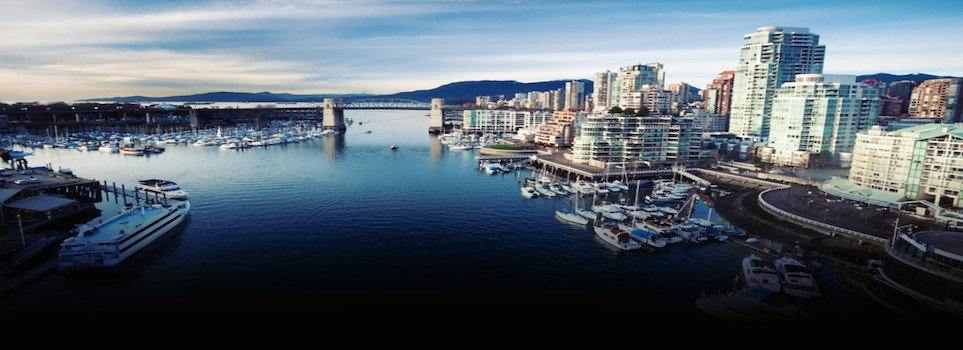
Facts and Questions
1: What are the benefits of stucco?
A: Added fire resistance, better insulation to heat as well as against cold, structural strength, and maintenance-free color coats. Instead of painting your house every five years, these finishes last over fifty years. However they do start to mellow in appearance with the passage of time.
2: What types of wood style can you stucco over?
A: Almost all which include horizontal or diagonal siding, T-one-eleven which if not maintained nears the end of its life cycle quickly. Although Ship-lap siding and shingles are about the only sidings I recommend removing, I have applied stucco over these on occasion.
3: Can you apply a color coat over painted stucco?
A: Yes, however the painted surface must be prepared properly. We apply a bonding agent (Weldcreat) over the painted surface. This adheres color coats to painted surfaces.
4: Can I color coat just around a window?
A: No. You have to color the whole wall because color coat is not like paint that can be blended in anywhere.
5: Why does stucco darken when wet?
A: Because it is porous and not sealed like paint.
6: Is it cheaper to paint or stucco?
A: Painting is cheaper. It’s much easier to spray or roll on five gallons of paint on a single story home than it is to lath (paper and wire) the same home, then add fifteen tons of sand and cement to it after its lathed.
7: Where can I purchase One Coat Stucco?
A: Product may be purchased through building materials outlets by applicators that are approved by the individual one coat manufacturer.
8: I am a do-it-yourselfer. Can I apply it?
A: The product must be installed by an approved applicator or professional and is not designed for do-it-yourself use.
9: What is its cost?
A: The product installed cost will vary substantially in different parts of the country. However, in most regions it will be comparable to traditional three coat portland cement stucco.
10: Is it durable?
A: Yes, the product has been used for over twenty years in various types of construction including single family and multi-family housing as well as commercial and industrial types of structures.
11: What about maintenance of One Coat Stucco?
A: The product requires very little maintenance and is ideal for a wide variety of climatic conditions.
12: What is the difference between it and regular Stucco? Advantages? Disadvantages?
A: The main difference is that one-coat stucco is installed in one application to a thickness of only 3/8 inch minimum in lieu of three coat application which totals 7/8 inch thickness. Advantages to one-coat stucco include the speed of application allowing completion of the stucco in about one half the time required for a three-coat installation. The fibers and proprietary components result in a product with good tensil, flexural and compressive strengths and the product is less prone to incur drying or shrinkage type cracking. The product also improves on quality control of the mix, as all components are factory blended and packaged with only the prescribed amount of sand added in the field.
13: What are the components of the One-Coat System?
A: The components of a one-coat system always include a weather resistive membrane, metal reinforcement and the fiber reinforced or one-coat stucco. The product may be installed over a wide variety of substrates including foam plastic insulation board, exterior gypsum sheathing, oriented strand board (OSB), exterior plywood, asphalt impersonated sheathing and almost any other code approved exterior sheathing. A substrate is always required; it is not designed for installation over open framing. It may also be applied to concrete and concrete masonry units with or without metal reinforcement.
14: Can a One-Coat System cover the lines between the blocks on a masonry home?
A: Properly installed the product will cover mortar lines on masonry walls.
15: Do you need a primer to get the material to stick to brick?
A: Generally a primer is not required but certain types of brick may require a primer. The individual manufacturer should be consulted for specific recommendations.
16: Does this use a spray on technique?
A: The material may be applied with a plaster pump machine or by hand trowel application.
17: Can it be applied to masonry block that has been painted?
A: This practice is not recommended; the individual product manufacturer should be contacted for recommendation.
18: Do you have to use control and expansion joints on One-Coat Stucco?
A: The need and use of control and expansion joints and their location is dependent on a variety of design and structural issues. For this criteria the architect, designer or builder should be consulted.
19: Does it crack like regular stucco?
A: Generally speaking, all cement-based products are subject to some cracking. Cracking is relatively minor and does not indicate failure of the product.
20: Can it be used on a 16-story building? How will the wind on higher floors affect it?
A: Yes, however since there are many types of construction and design utilized in multi-story structures, many variables and factors would need to be evaluated by the design professional to determine the suitability for use.
21: Can it be used on wood siding as an alternate to vinyl siding? What are the cost comparisons?
A: Yes, it may also be installed over old types of siding in need of renovation. The costs of various types of sidings varies widely in different geographic areas. Consultation with a local installer in your area would be required for an accurate cost comparison.
22: Can you send me “details”?
A: Drawings and details are available from each individual manufacturer as they vary slightly.
23: Can your product be used on “wall patches”?
A: Yes, the product is effective for patching.
24: Will this cover EPS Insulated concrete frames?
A: Yes, the individual product manufacturer should be contacted for installation specifications.
25: Can it be used in-doors?
A: Yes, indoor use of the product is fine.
26: Do you recommend chicken wire or metal lath with One-Coat Stucco?
A: The product is designed for use with both woven wire galvanized lath and galvanized expanded metal lath. Poultry netting or “chicken wire” is not allowed to be used.
27: What product(s) are suitable for exterior application?
A: Antiqua I, Antiqua II and Epoca Spatolato are all seasoned slaked-lime coatings that may be used for exteriors as well as interiors.
28: Do you have products that may be used for interior finishes?
A: Yes, all of our products may be used on interior applications. Our resin based products which include Veneziano, Stucco Oro, Stucco Argento, Evolution and our wax Cera d’Arte are intended for interior application only.
29: Why is your basecoat/primer coat named “Finish”? It is rather confusing.
A: Rialto Finish is a special product that ensures adhesion and aids in water repellency. It is also used as a paint and therefore is named Finish. Just remember, Finish is always used as the primer coat when using the Rialto Plaster products. Finish = basecoat/primer coat.
30: What substrates can Rialto products be applied over?
A: Provided all surfaces are sound and dry, Rialto products may be applied over lathe, plaster, dry wall, and brown coat.
31: What tools are necessary to apply these products?
A: You must use hard chrome trowels and spatulas, which are available through our dealer network.
32: What is the average drying time of these products?
A: Resin based products, which include Veneziano, Stucco Oro, Stucco Argento, Evolution and Cera d’Arte need to dry from three (3) to six (6) hours between coats.
Lime based products, which include Antiqua I, Antiqua II and Epoca Spatolato must “rest” 24 hours before applying additional coats.
33: How long does it take for “Finish”, the base coat, to dry and be ready for the first application?
A: Finish takes at least three (3) hours to dry.
34: For the shiny interior finishes, what preparation do the walls need?
A: The walls must be level 4 or 5. If there are imperfections in the walls, they must be repaired before application of the resin based products.
35: What is the cost of your exterior finishes verses conventional exterior stucco?
A: The cost is about twice as much as conventional stucco on the wall. However, you will achieve rich and varied affects that are not achievable in any other product with the same amazing ease of application. It is also less likely to crack because it contains no cement, only seasoned slaked lime as its most predominate ingredient.
36: What should I do before putting Epoca over Antiqua?
A: Always moistens the wall with a spray bottle. This finish cannot be hurried. Excess material will peel or delaminate if applied over wet coats.
37: What kind of weather conditions do you need to apply the exterior products?
A: When applying Antiqua I and Antiqua II the exterior air temperature should be at least 50° F and not above 95° F. When applying Epoca Spatolato do not apply when temperatures are below 48° F. If you are working on a job where temperatures exceed these limitations, please contact Vero for advice.
38: How much does it cost to become a certified applicator?
A: The course is a 2-day class in which we request a $350 deposit that is credited back to you with your first order over that amount. You can return anytime for a refresher course. We always welcome you and your questions at Vero.
39: Can I use any of the Rialto products in a shower or bathtub?
A: No, Rialto does not recommend using any of these products where they are constantly exposed to moisture. However, they may be used in well-ventilated bathrooms and powder rooms.
40: Is it possible to stucco over a wood frame house? We have an old wood frame house with 401 wood siding. Is it possible and financially viable to stucco this house? Is there an approximate cost per square foot? We are trying to explore other alternatives than continuous painting and wood repair.
A: Yes, it is possible, and it is done more often than you would think. A conventional plaster application using metal lath mechanically fastened to the existing exterior and finished with a good acrylic cement finish is what is normally recommended. This would give your home an extremely durable and long lasting exterior product. The price will vary and depends on a number of factors, including, the elevation, how many windows/ doors, degree of difficulty, mouldings, trims, cornices, etc.




